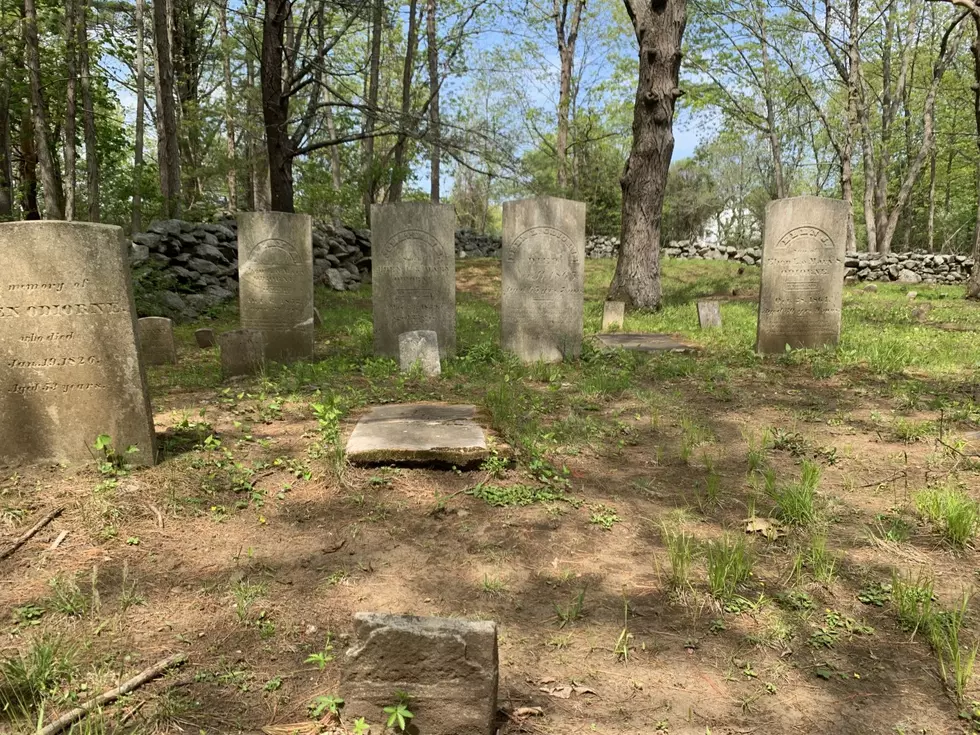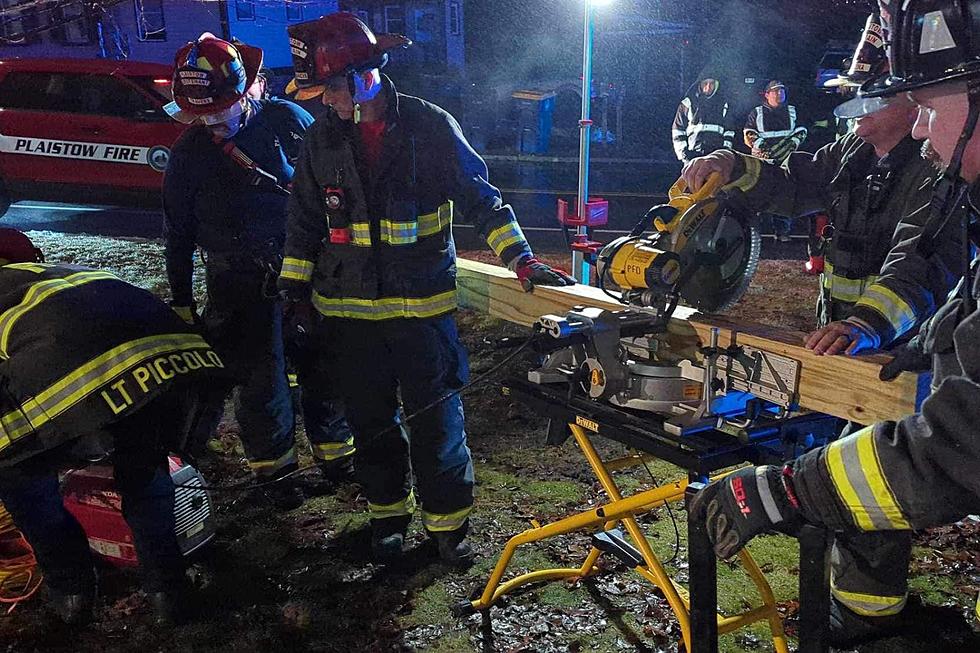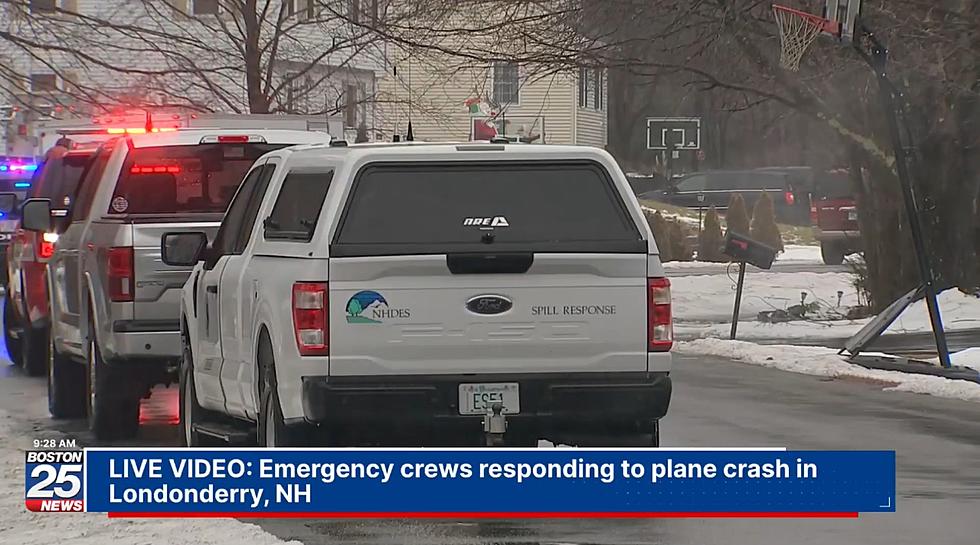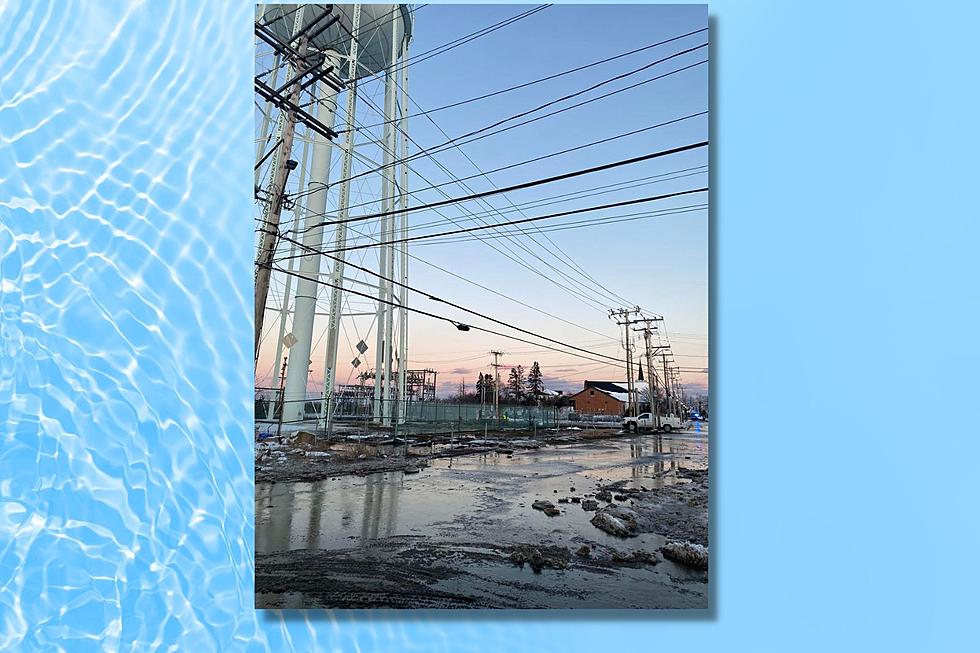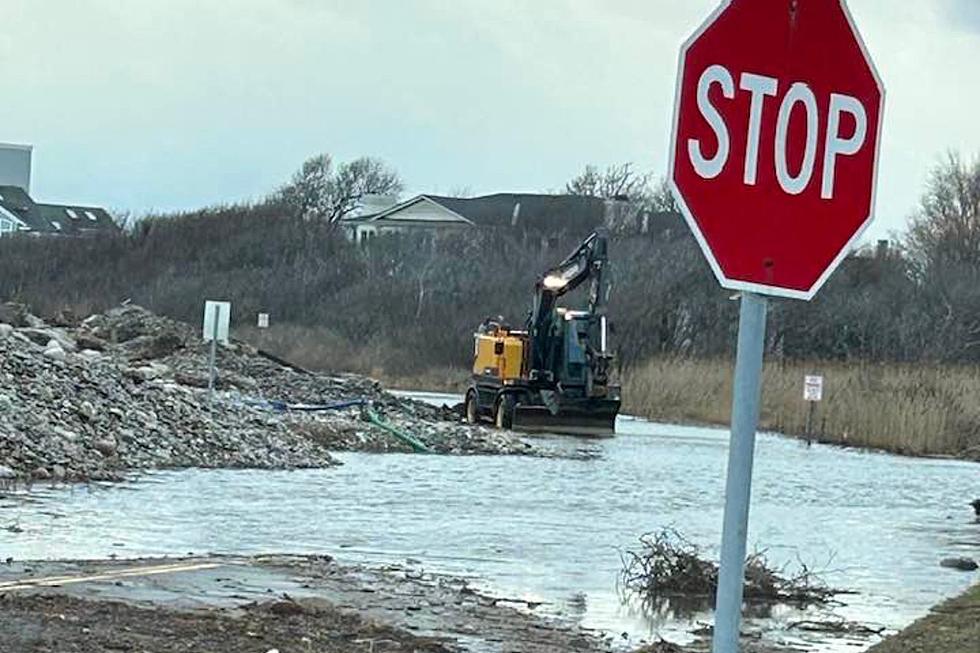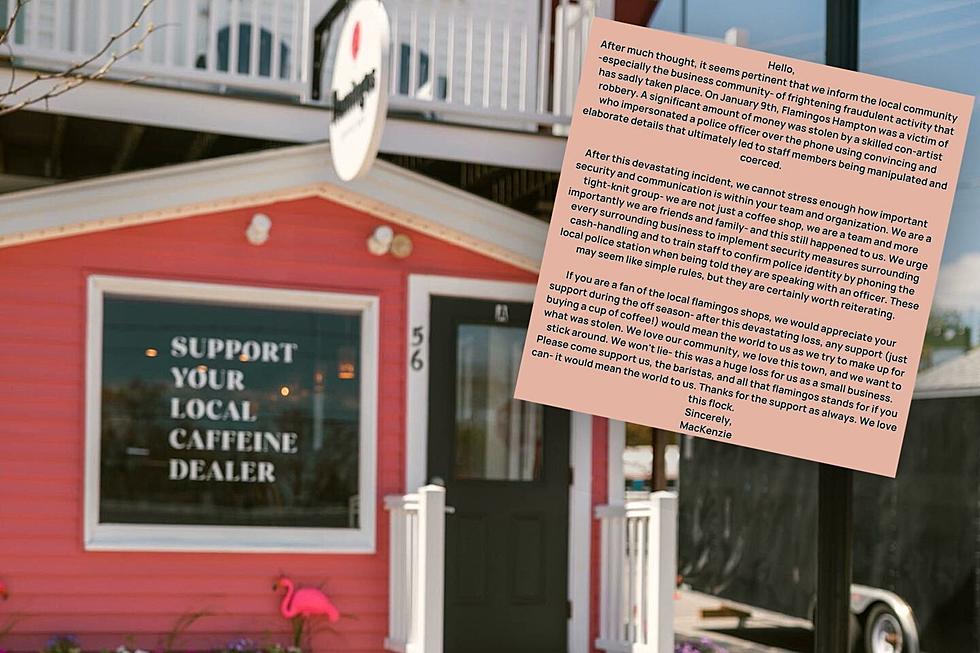
Elsa Helps With Drought, Can’t Dampen Summer Fun
Tropical Storm Elsa has come and gone leaving behind anywhere from one to nearly four inches of rain that made a dent in New Hampshire's drought condition.
The storm moved in with heavy rain in the morning and by 4 p.m. had cleared most of the Seacoast region. National Weather Service meteorologist Sara Jamison told Seacoast Current the storm's impact was most notable for rainfall than wind.
"We've had numerous reports of rainfall greater than two inches, some unverified reports of over four inches mainly in coastal counties. The heaviest rain did stay mainly in coastal New Hampshire and Maine," National Weather Service meteorologist Sara Jamison told Seacoast Current.
The most rainfall was measured in Kittery with just over 3.5 inches of rain with Barrington, Portsmouth, Rochester and Sanford seeing just under three inches.
"Generally speaking, the winds were not too substantial," Jamison said. "We were on the northern side of the system for a good part of it so we were not seeing very much of the stronger winds come into our area."
"Even on the coastal waters winds were mainly under 20 knots for the most part with a few gusts," Jamison said.
For the most part, it was just nuisance-type flooding on some streets. There was no significant flooding.
The rain could not push those on vacation inside as many still ventured out to the boardwalk on Hampton Beach and hit the arcade. Beach restaurants were open, but they were pretty quiet.
The rain also helped with the rainfall deficit which has created a moderate drought in Strafford and York counties while Rockingham County is abnormally dry.
"It certainly was a welcome relief for the coastal counties that received all the heavy rain. I think they're going to see a great improvement," Jamison said.
The headwaters of the watersheds inland did not get as much rain meaning conditions will remain status quo in the inland areas.
As the storm pulls away from the coast, a High Surf Advisory is in effect from 5 p.m. Friday to 11 a.m. Saturday for large breaking waves of 5-8 feet which will create dangerous swimming and surfing conditions.
Inexperienced swimmers should stay out of the water, according to officials.
As Elsa moved across southern New Jersey early Friday morning the National Weather Service confirmed two tornadoes touched down.
An EF-1 tornado with winds of 100 mph hit the Ocean World Condo Complex in Woodbine, Cape May County. It uprooted two trees, destroyed a picnic shelter, which the roof of landed in a nearby pool, and patio furniture and other debris were scattered across a large area.
An EF-0 tornado with winds of 80 mph hit a residential area along Sycamore Drive in Little Egg Harbor Township where some trees were damaged.
Jason Schreiber and Chris Coleman contributed to this report
Contact reporter Dan Alexander at Dan.Alexander@townsquaremedia.com or via Twitter @DanAlexanderNH
LOOK: Here are the 50 best beach towns in America
More From Seacoast Current
